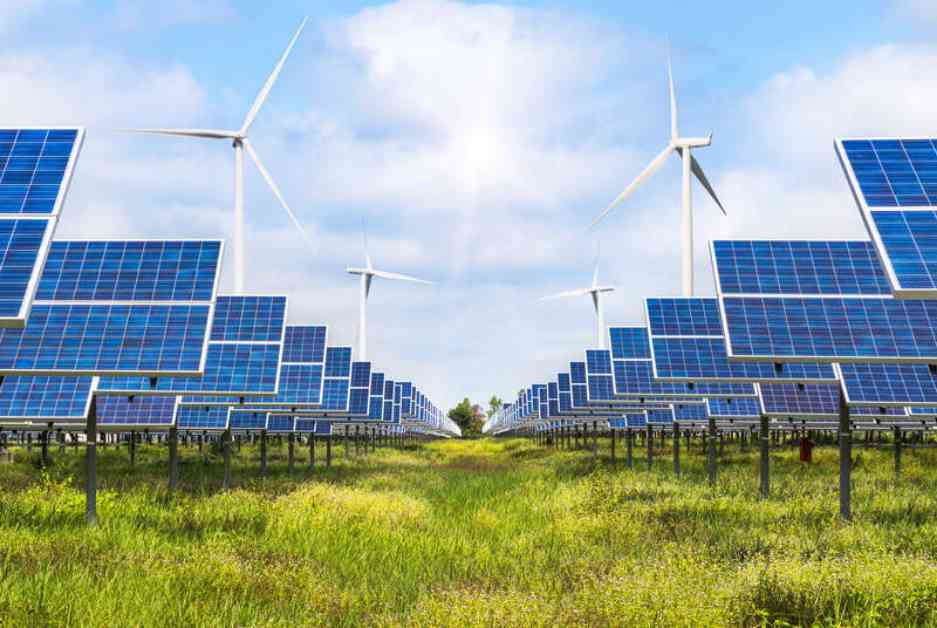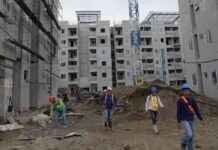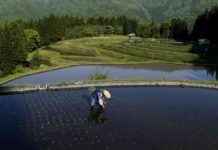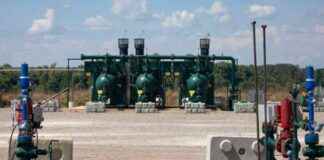California, Germany, and Australia Facing Record Wind and Solar Curtailment Rates
In 2024, California broke its own record for curtailed wind and solar energy production, a trend that is expected to continue into 2025. Similarly, Germany and Australia also experienced significant curtailment rates in 2024, pointing towards a global issue that cannot be ignored.
The curtailment of wind and solar energy production on days with low energy demand and optimal weather conditions is becoming more common. This phenomenon is leading to lower wholesale market prices during these off-peak hours, impacting the revenue generated by renewable energy assets.
Increasing Renewable Capacity and Falling Wholesale Prices
Despite efforts to expand renewable energy capacity to meet the growing demand for clean energy, curtailment remains a significant challenge. As more renewable energy capacity is added to the grid, wholesale market prices are expected to continue falling, exacerbating the issue of curtailment and reducing the revenue generated by renewable energy assets.
Each new megawatt (MW) of solar energy added to the market is valued less than the previous one once curtailment begins. This trend underscores the need for innovative solutions to address curtailment and maximize the revenue potential of renewable energy assets.
Challenges and Solutions for Renewable Energy Owners
Owners of renewable energy assets face a complex set of challenges, including higher curtailment rates, lower market prices, and reduced revenue from sold megawatt-hours. As the market becomes saturated with renewable energy capacity, owners must find ways to adapt to changing market dynamics to remain profitable.
One proposed solution is to compensate owners for every megawatt-hour of energy they could have produced, even if it was curtailed. This approach would increase the overall cost of electricity for consumers but could provide a more sustainable revenue model for renewable energy owners.
Alternatively, setting an annual support level for generation or allowing the market to dictate the fate of underperforming facilities are other options on the table. However, each of these approaches comes with its own set of challenges and potential drawbacks.
The Growing Challenge of Curtailment in the Renewable Energy Sector
Despite the lack of a clear plan to address the issue of curtailment, one thing is certain: curtailment rates are expected to continue rising as renewable energy capacity grows. Without decisive action, the renewable energy sector risks facing even greater challenges in the years to come.
As we navigate the complexities of the renewable energy market, it is crucial for stakeholders to work together to develop sustainable solutions that ensure a reliable and efficient energy system for the future. Let’s keep the conversation going and explore innovative ways to overcome the challenges ahead.














